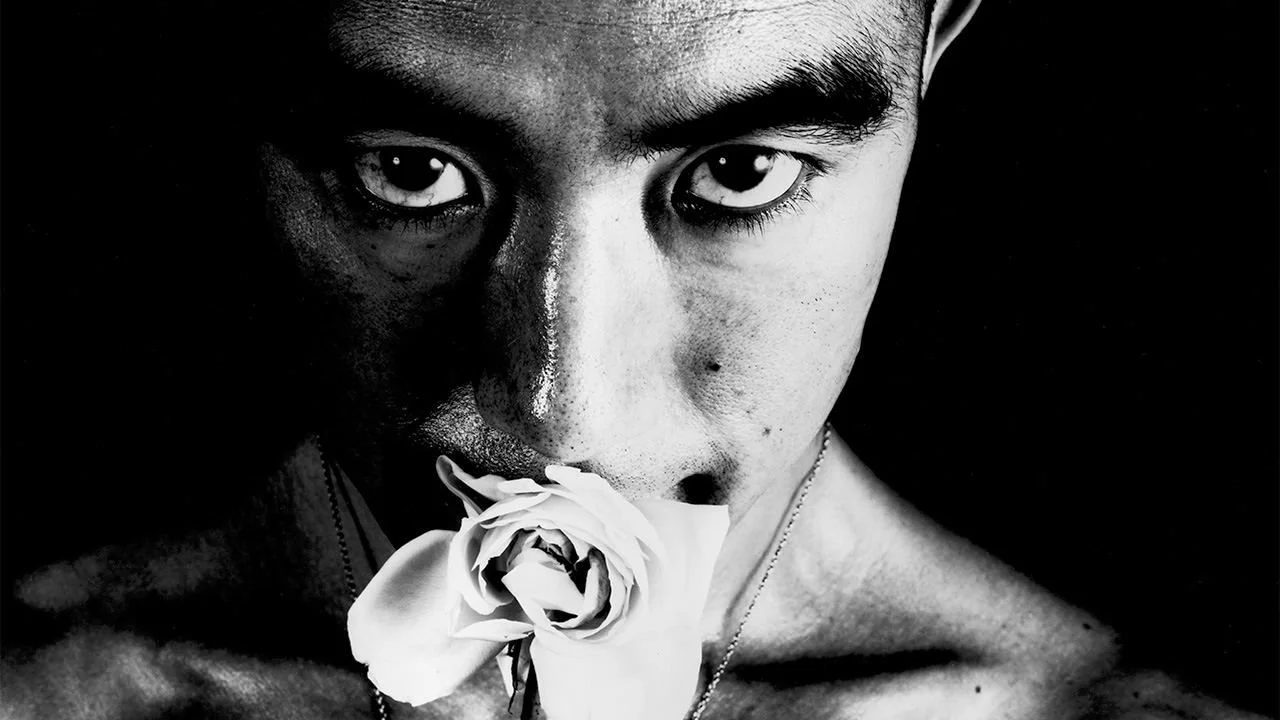Osoroi Coordination and Link Coordination- The Love Language of Matching Clothing With Others

Walking down the streets of Tokyo sometimes you see “double”, people wearing matching outfits head to toe, or with just a few coordinating pieces.
It’s called “Osoroi" #お揃いコーデ. There's also a more subtle variant called #リンクコーデ “link”, where only the general “vibe” of an outfit is matched, including color, pattern, or aesthetic.
Link/osoroi coordination is most popular between couples, close friends, and family members. According to one source, about 18% of couples in Japan have tried osoroi code at least once.
Originating from the word “osoroi” meaning matching in Japanese and “coordination” as in dress code, the look pops up in the most everyday experiences, but you’ll be likely to see it at Tokyo Disneyland or in the streets of Harajuku on weekends, seen on subcultures like Lolita, Punk, and Halluyu [also called Korean Wave] aesthetic followers. Osoroi can be a marker of a lot of things: seemingly the most popular reasons are to show you care about a person, deepen your friendship, or for a more "shallow" reason, look better in photos together on SNS. It’s also a representation of Japan’s “group culture” manifested via fashion, that gives a lot of attention to forming a community/subculture tribe than stressing the importance of the individual.
Osoroi can be a marker of a lot of things: seemingly the most popular reasons are to show you care about a person, deepen your friendship, or for a more "shallow" reason, look better in photos together on SNS. It’s also a representation of Japan’s “group culture” manifested via fashion, that gives a lot of attention to forming a community/subculture tribe than stressing the importance of the individual.
People have been matching clothing for as long as time, but it seems like the look first became popular in Japan after a Japanese singing pop duo The Peanuts gained attention in the 60s. The girls happened to be identical twins who dressed in matching looks as a publicity gimmick. In more recent times, fashion magazines frequently feature ideas for “couples” or “friends” matching outfits.
The rise of osoroi also in Korea [known as the "kou-peul look" in Korean] as a “symbol of love” grew after it was shown in most popularly in idol groups but also Korean magazines, influencers, and TV dramas. There are even entire websites and clothing shops throughout East Asia dedicated to selling matching clothing couples can wear together.





